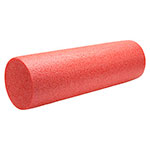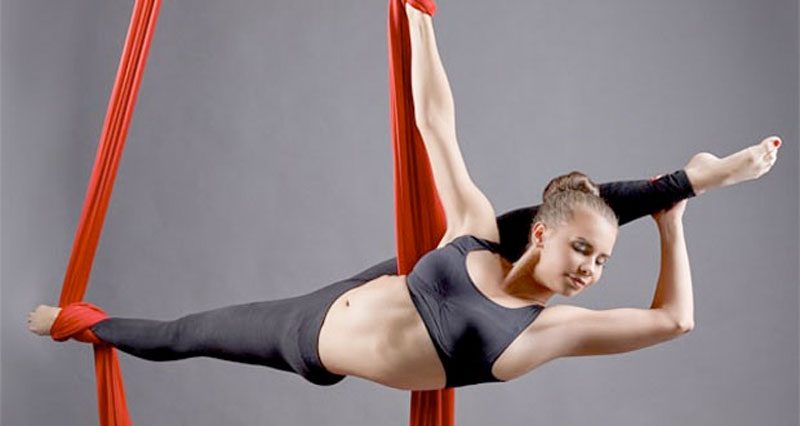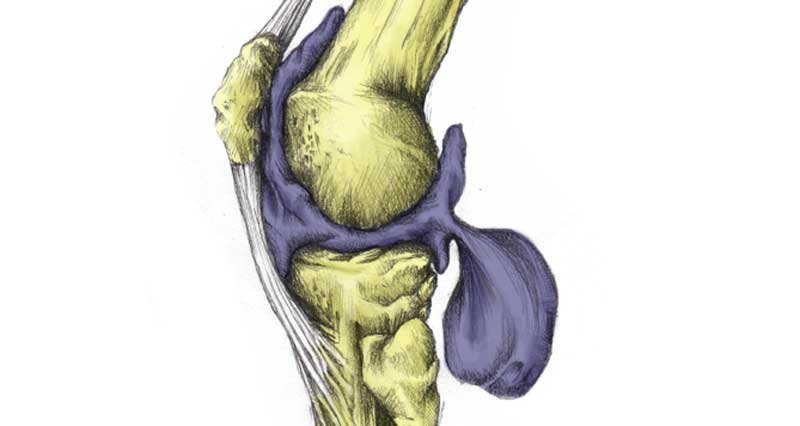Hypermobility or Generalised joint hypermobility (GJH) is a blanket term describing an individual with several joints that are more flexible than normal.
What is hypermobility?
More of a physical ‘quirk’ than a condition, joint hypermobility is simply a variation in the way in which the joints are formed. Hypermobile people make up 3% of the population.
This increased flexibility results from the connective tissue of the joint structures (the ligaments and capsule) being looser than normal.
Measuring joint hypermobility
Generalised Joint Hypermobility is usually tested by the Beighton Score. The Beighton Score is a simple method to test for joint laxity and hypermobility. It uses a 9-point system to grade the individual’s range of movement. For example:
- Scoring a 6 would indicate Generalised Hypermobility Syndrome (GJH).
- Whereas a 9 would indicate Joint Hypermobility Syndrome (JHS). This is a more severe condition.
Joint hypermobility syndrome
GJH is a general term for a mild case of hypermobility. This should not be confused with joint hypermobility syndrome (JHS). JHS is a condition which results in ongoing joint pain and digestive problems and requires medical care.
Symptoms of JHS include:
- Severe joint stiffness.
- Night pains that disrupt sleep.
- Poor coordination.

Foam Rollers
Benefits of joint hypermobility
While generalised joint hypermobility is quite common, heightened flexibility is both a blessing and a curse. Most gymnasts and ballet dancers, for example, possess a degree of hypermobility. However, they also have the conditioning, strength, and muscle control to harness their hypermobility effectively. An extended range of movement also lends itself to athletic excellence.
“If you can stabilise the joints you can use them to display and impress. Many sports people are probably better sports people because they are endowed with natural hypermobility and many sports people work hard to develop hypermobility.”
Interview with the BBC, Dr Howard Bird, professor of rheumatology at Leeds University
Problems with joint hypermobility
On the other hand, for many individuals without sufficient conditioning and fitness levels, GJH causes injury and pain. In particular, the lower back, knee, and pelvis. The lack of stability in the joints increases injury risk.
Alongside the risk of joint instability, an extended range of movement causes biomechanical flaws. For example uneven gait, or uneven distribution of weight during movement. Increased joint mobility without sufficient muscle flexibility causes muscle strains and tendon inflammation.
A study by Leeds Metropolitan University found that hypermobile footballers had a significantly higher risk of injury than their less flexible teammates. Studying a Premier League team, researchers found that players identified as hypermobile by using the Beighton Score were more susceptible to injury in training and matches than their teammates scoring an average mobility range.
Exercise & hypermobility
As such, a certain degree of general fitness, activity levels, and exercise are vital for hypermobile individuals in guarding against the risk of injury. Maintaining a healthy weight is also crucial in avoiding pain in the hypermobile individual. Excess body weight places additional strain on the joints.
Exercises such as Pilates and yoga help to develop muscle control, posture, and flexibility, and are excellent choices for hypermobile individuals. Pilates focuses on control and muscle strengthening – particularly the strengthening of the core (lower abominable muscles) which are vital to maintaining a correct posture and avoiding back pain. The core muscles effectively act as the body’s natural ‘girdle’, supporting the back and surrounding joints.
Yoga, alternatively, generally places a greater emphasis on muscle stretching and lengthening, and regular practice allows the hypermobile individual to effectively harness the benefits of their heightened flexibility, whilst conditioning their muscles to better support their extended range of movement.
Although it may seem counterintuitive, pain arising from GJH is often heightened by inactivity, as the inflamed muscles will tighten as a reaction to injury. Low-impact exercise, such as swimming, is a recommended way in which to stay active without adding strain to inflamed and overworked muscles and joints. Heat therapy is also a very effective tool in treating low back and pelvic pain arising from hypermobility.
With the correct training and conditioning, hypermobility is a real athletic gift. You can utilise the benefits of an extended range of movement, with sufficient fitness levels and body conditioning. Also, emphasis on developing posture and core strength is important.
References & further reading
- Smith R, Damodaran AK, Swaminathan S, et al Hypermobility and sports injuries in junior netball players. British Journal of Sports Medicine 2005;39:628-631








